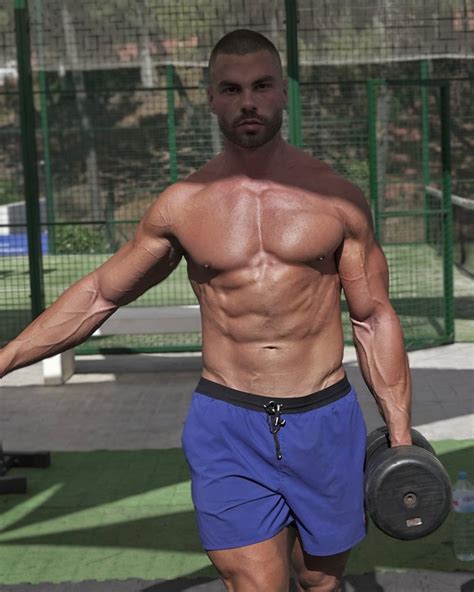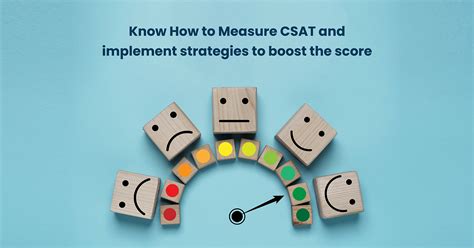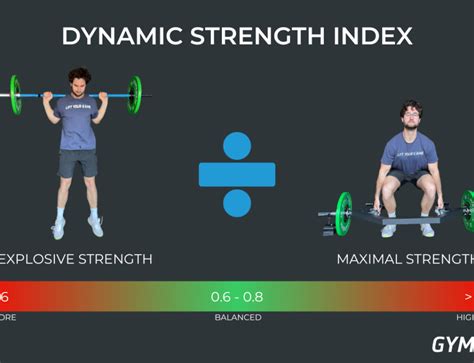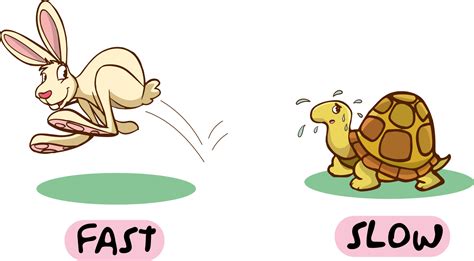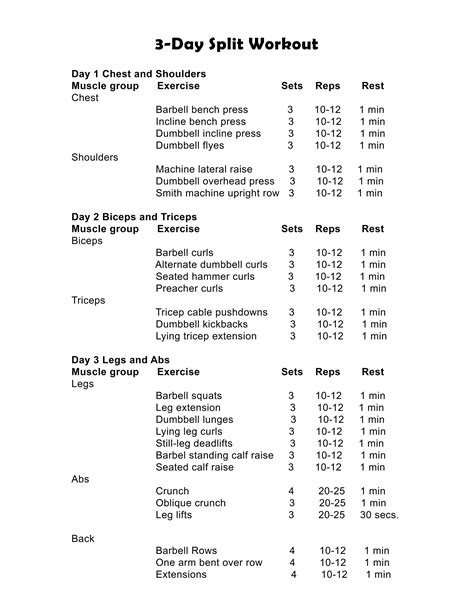Optimal progressive overload: How to smash strength plateaus for peak muscle growth?
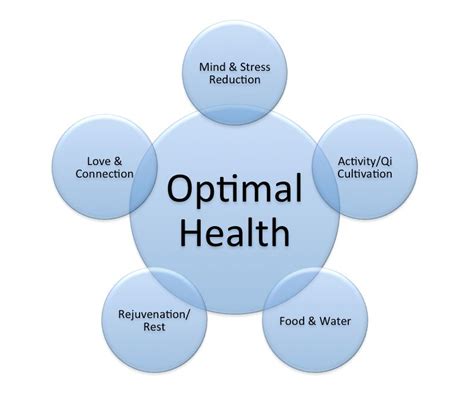
The Foundation of Growth: Understanding Progressive Overload
In the pursuit of greater strength and bigger muscles, one principle reigns supreme: progressive overload. At its core, progressive overload is the gradual increase in stress placed upon the musculoskeletal system. Without this ever-increasing demand, your body has no reason to adapt, grow stronger, or build more muscle tissue. It’s the non-negotiable stimulus for any meaningful physiological change in response to resistance training.
Many lifters understand the concept but often limit their application to simply adding more weight. While crucial, increasing the load is just one facet of a multi-dimensional strategy. True optimal progressive overload involves a systematic and intelligent approach to continually challenging your body, ensuring you never stagnate.

Beyond the Basics: Different Forms of Overload
To truly optimize your training and bypass plateaus, it’s vital to recognize the diverse ways you can apply progressive overload:
- Increase Weight: The most common method. Lift heavier loads for the same number of reps and sets.
- Increase Reps: Perform more repetitions with the same weight.
- Increase Sets: Add an extra set to your exercise, increasing total volume.
- Decrease Rest Times: Perform the same work in a shorter amount of time, increasing workout density.
- Improve Form/Tempo: Executing the exercise with stricter form, slower eccentric phases, or more controlled movements to increase time under tension and muscle activation.
- Increase Frequency: Train a muscle group or movement pattern more often throughout the week.
- Partial Reps/Range of Motion: In specific cases, adding partial reps at the strongest part of the lift, or conversely, increasing the range of motion if previously limited.
The Inevitable Wall: Why Strength Plateaus Occur
Even with consistent effort, everyone eventually hits a plateau. This isn’t a sign of failure but a natural biological response. Your body is incredibly efficient at adapting. Once it has adapted to a particular stress, that stress is no longer ‘new’ or challenging enough to provoke further adaptation. Common reasons for plateaus include:
- Lack of Novel Stimulus: Not varying your overload method.
- Insufficient Recovery: Overtraining or not allowing enough time for muscles to repair and grow.
- Nutritional Deficiencies: Not eating enough calories or protein to fuel growth.
- Program Staleness: Sticking to the same exercises, sets, and reps for too long.
- Technique Breakdown: Form degrading as you try to lift heavier, leading to inefficient muscle activation and potential injury.
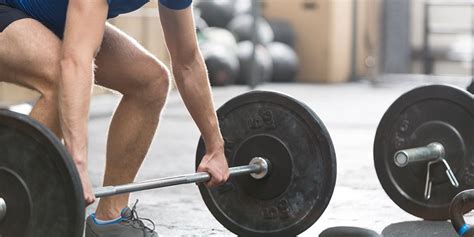
Smashing Through: Advanced Strategies for Breaking Plateaus
When the weights stop moving, it’s time to get strategic:
Periodization and Deloads
Implementing periodized training (structuring your training into phases) can be highly effective. This involves alternating between phases of higher volume/lower intensity and lower volume/higher intensity. Similarly, strategic deloads (reducing volume and/or intensity for a week) allow your body to fully recover, supercompensate, and come back stronger.
Varying Exercise Selection
While sticking to foundational movements is crucial, introducing variations can provide a novel stimulus. For example, if your barbell bench press is stalled, try incline dumbbell press, pause reps, or a floor press for a few weeks before returning to the original exercise.
Volume and Intensity Cycling
Manipulate your total volume (sets x reps x weight) and intensity (% of 1RM). You could have blocks focused on higher volume for hypertrophy, followed by blocks with lower volume but higher intensity for strength gains.
Rep Range Variation
Don’t just stick to the 6-12 rep range. Spend time in lower rep ranges (1-5 for strength) and higher rep ranges (15-20+ for endurance and metabolic stress) to challenge your muscles in different ways.

Training to RPE/RIR (Rating of Perceived Exertion / Reps in Reserve)
Instead of fixed reps, train to a specific RPE or RIR. For example, aim for an RPE of 8 (meaning you could have done 2 more reps) on most working sets. This self-regulation ensures you are always providing sufficient stimulus without consistently pushing beyond recovery capacity.
The Holistic Approach: Nutrition, Recovery, and Consistency
No amount of progressive overload strategy will work without adequate support outside the gym. Ensure you are:
- Eating in a Calorie Surplus: To build muscle, you generally need to consume more calories than you burn.
- Prioritizing Protein: Adequate protein intake is critical for muscle repair and growth.
- Getting Enough Sleep: 7-9 hours of quality sleep per night is non-negotiable for recovery and hormonal balance.
- Managing Stress: Chronic stress can impair recovery and hinder progress.
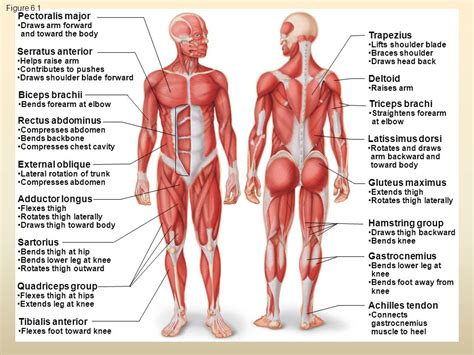
Crafting Your Blueprint: Implementing Optimal Progressive Overload
Successful progressive overload isn’t about random increases; it’s about systematic, tracked progress. Keep a detailed training log, noting weights, reps, sets, and even how you felt during the workout. This data allows you to identify trends, pinpoint exactly where you’re plateauing, and make informed adjustments.
Listen to your body. Sometimes a planned increase might feel impossible; on other days, you might surprise yourself. Be flexible, but always strive to do ‘a little bit more’ than last time, even if that ‘more’ is simply maintaining weight for an extra rep with perfect form.

Conclusion
Optimal progressive overload is the master key to unlocking continuous strength and muscle gains. It demands more than just adding weight; it requires a deep understanding of training principles, intelligent application of various overload methods, and a holistic approach to recovery and nutrition. By embracing these strategies, you’ll not only smash through those stubborn strength plateaus but also pave the way for a lifetime of peak muscle growth and athletic performance.
